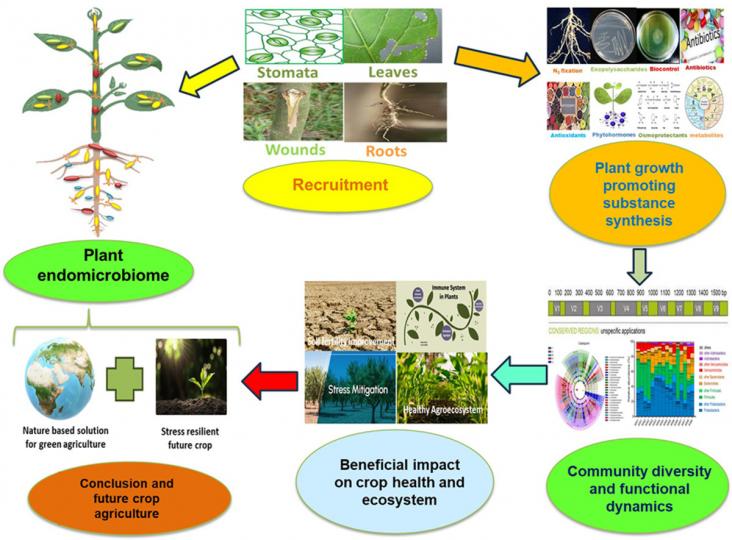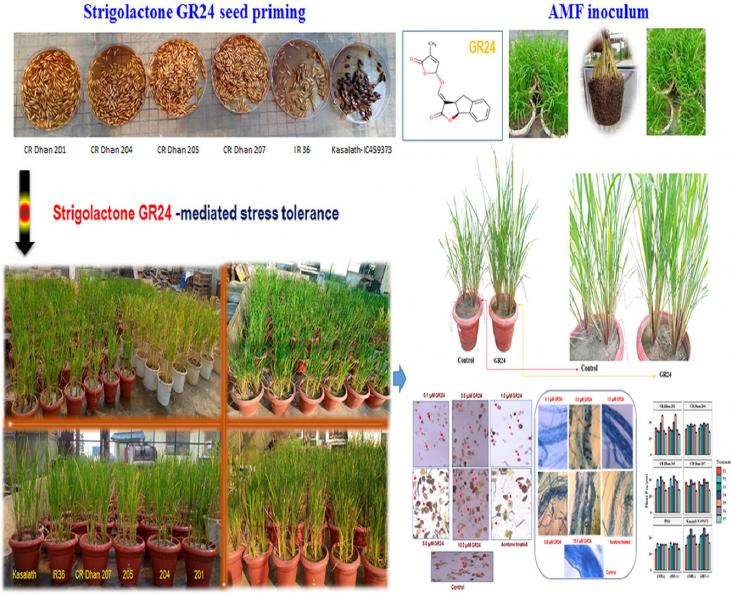
World Environment Day on June 5 is the biggest international day for the environment. Countries across the globe participate in this UN international day, with millions of people in government, business, civil society, schools and celebrities engaging online and in-person to raise awareness and influence environmental action. World Environment Day in 2024 focuses on restoring land, building drought resilience and stopping desertification under the campaign slogan, “Our Land. Our Future.” To mark the occasion, Elsevier has curated a special collection of journal articles and book chapters to highlight content focused on #GenerationRestoration.
Geoderma Regional, Volume 37, June 2024
Earth-Science Reviews, Volume 252, May 2024
Soil Security, Volume 14, March 2024
Geoderma, Volume 443, March 2024
Soil Security, Volume 14, March 2024
Geoderma Regional, Volume 36, March 2024
Geoderma Regional, Volume 36, March 2024
Soil Security, Volume 14, March 2024
Geoderma Regional, Volume 36, March 2024
Current Developments in Nutrition, Volume 8, February 2024
American Journal of Clinical Nutrition, Volume 119, February 2024
Current Research in Microbial Sciences, Volume 6, January 2024
Current Research in Microbial Sciences, Volume 6, January 2024
Geoderma Regional, Volume 35, December 2023
American Journal of Clinical Nutrition, Volume 118, November 2023
Advances in Nutrition, Volume 14, November 2023
Geoderma Regional, Volume 33, June 2023
Geoderma, Volume 433, May 2023
Geoderma Regional, Volume 32, March 2023
Journal of Nutrition, Volume 153, February 2023
Journal of Nutrition, Volume 153, January 2023
Journal of African Earth Sciences, Volume 197, January 2023
Molecular and Cellular Endocrinology, Volume 555, 15 September 2022
Geoderma, Volume 421, 1 September 2022
Soil Security, Volume 6, March 2022
The Microbe, Volume 3, 2024, 100069, ISSN 2950-1946
The Microbe, Volume 3, 2024, 100072, ISSN 2950-1946
Sustainablility and Toxicity of Building Materials, 2024, pages 3-14
Advances in Bionanocomposites, 2023, pages 55-90
Risk Assessment and Management for Ships and Offshore Structures, 2024, pages 163-178
Earth Observation in Urban Monitoring Techniques and Challenges, 2024, Pages 339-358
Future Forests: Mitigation and Adaptation to Climate Change, 2024, Pages 49-64
Future Forests: Mitigation and Adaptation to Climate Change, 2024, Pages 75-94
Wind Energy Engineering (Second Edition), A Handbook for Onshore and Offshore Wind Turbines, 2023, Pages 475-487
Agroforestry for Carbon and Ecosystem Management, 2024, Pages 403-417
Functionalized Nanofibers: Synthesis and Industrial Applications, 2023, Pages 923-943
Synthesis of Bionanomaterials for Biomedical Applications, Micro and Nano Technologies Series, 2023, Pages 493-528
Mxene-Based Hybrid Nano-Architectures for Environmental Remediation and Sensor Applications: From Design to Applications, Micro and Nano Technologies series, 2024, Pages 113-127
Water Treatment Using Engineered Carbon Nanotubes, Micro and Nano Technologies series, 2024, Pages 63-96




